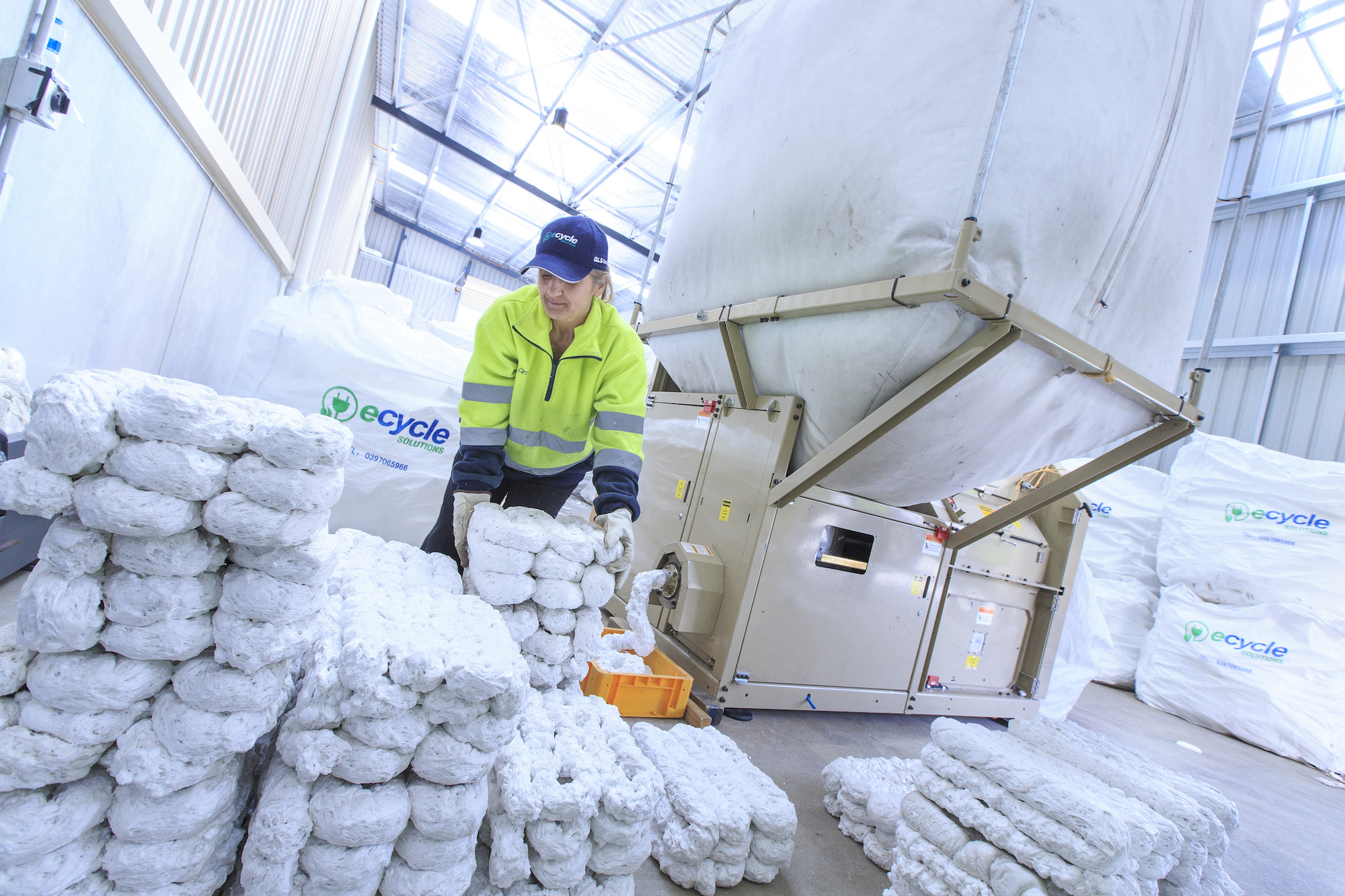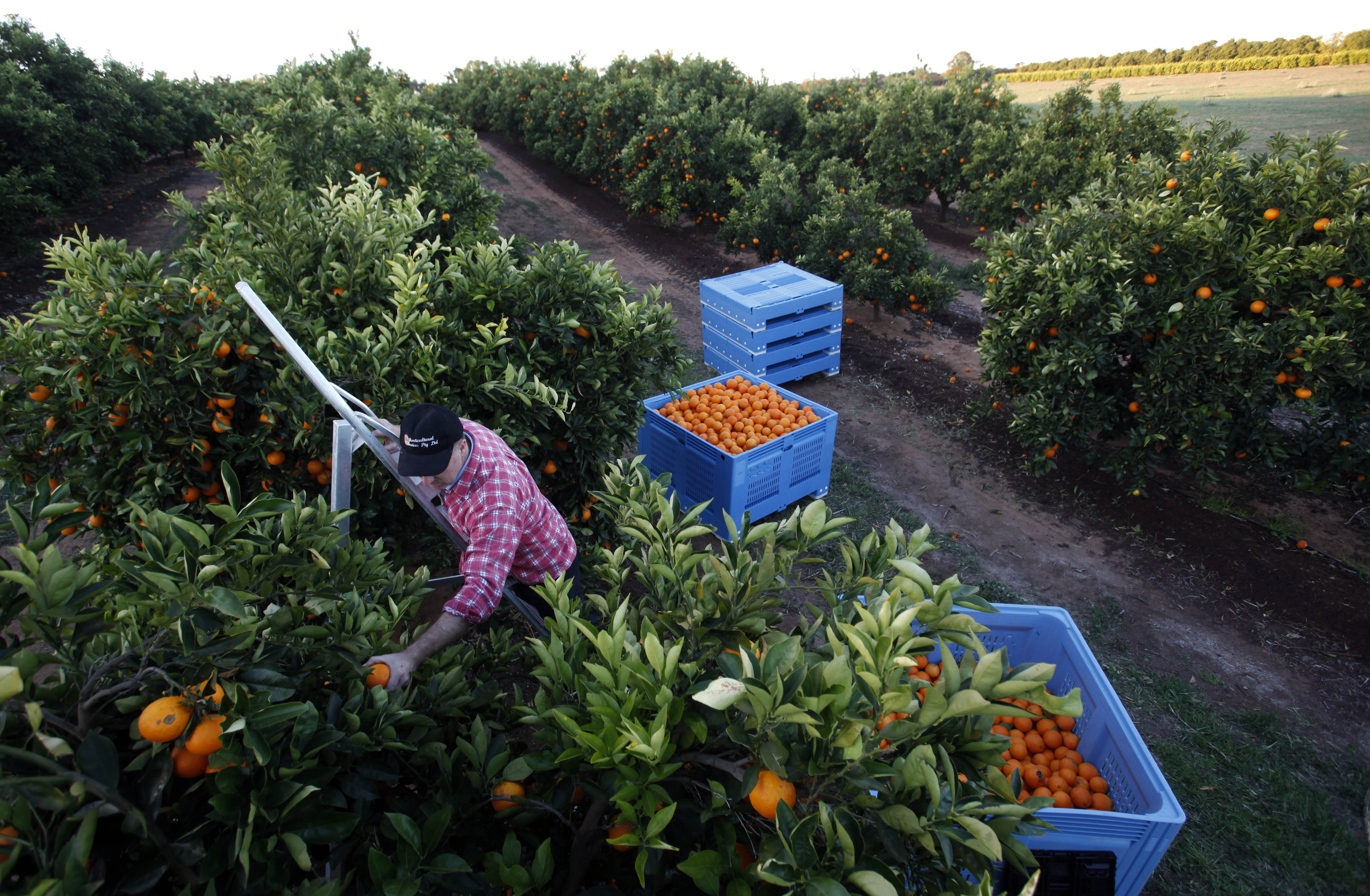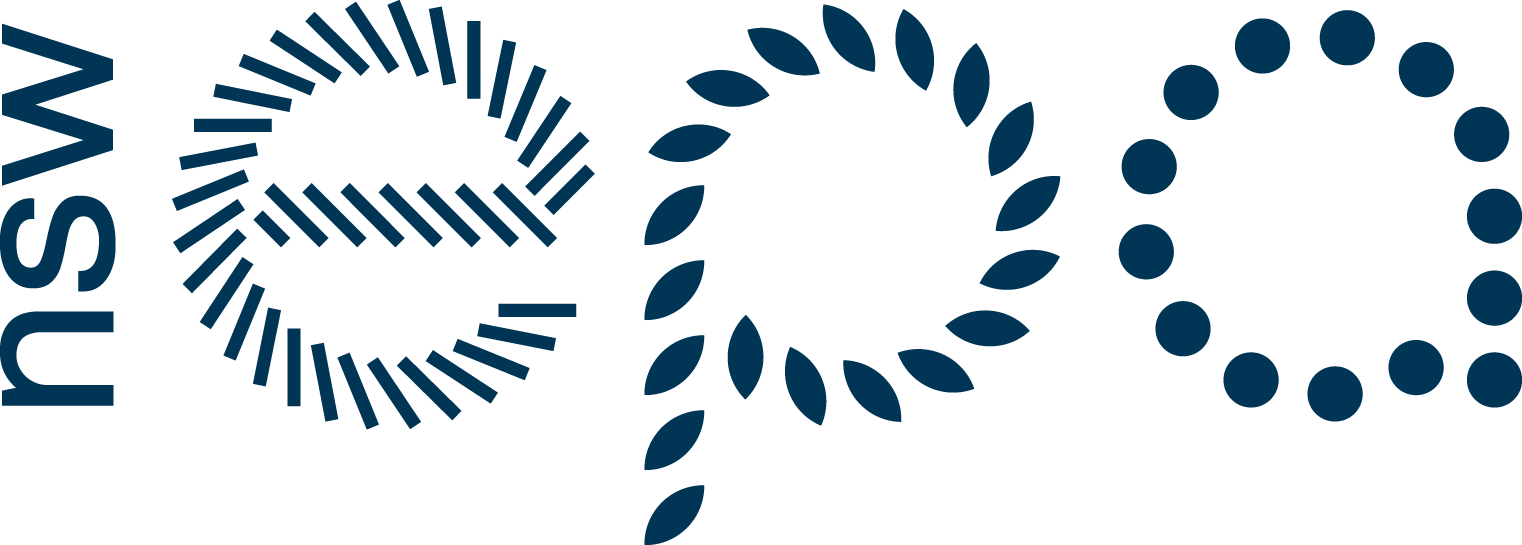Australians threw away more than two and a half million tonnes of plastic in 2018-19, with businesses responsible for more than half.1 That’s a lot of wasted resources!
The good news is, we all have a big opportunity to improve our management of plastics through reuse and recycling. Doing so will boost our economy, provide more green jobs, and preserve our natural resources.
Businesses and workplaces have an important role to play in turning around Australia’s plastic problem, by salvaging these valuable materials for reuse and keeping them out of landfill.
This guide will help you reduce the amount of plastic you use at your business or workplace, increase the reuse and recycling of plastics, and provide suggestions for more sustainable alternatives to plastic products where appropriate.
This guide is beneficial for any business that uses plastic, which is virtually every organisation! However, it will be especially helpful to small and medium sized businesses and workplaces seeking to improve their management of plastics including single-use plastic products, plastic strapping, polystyrene, plastic bags, plastic wrap and more.
Facts about Recycling Plastics
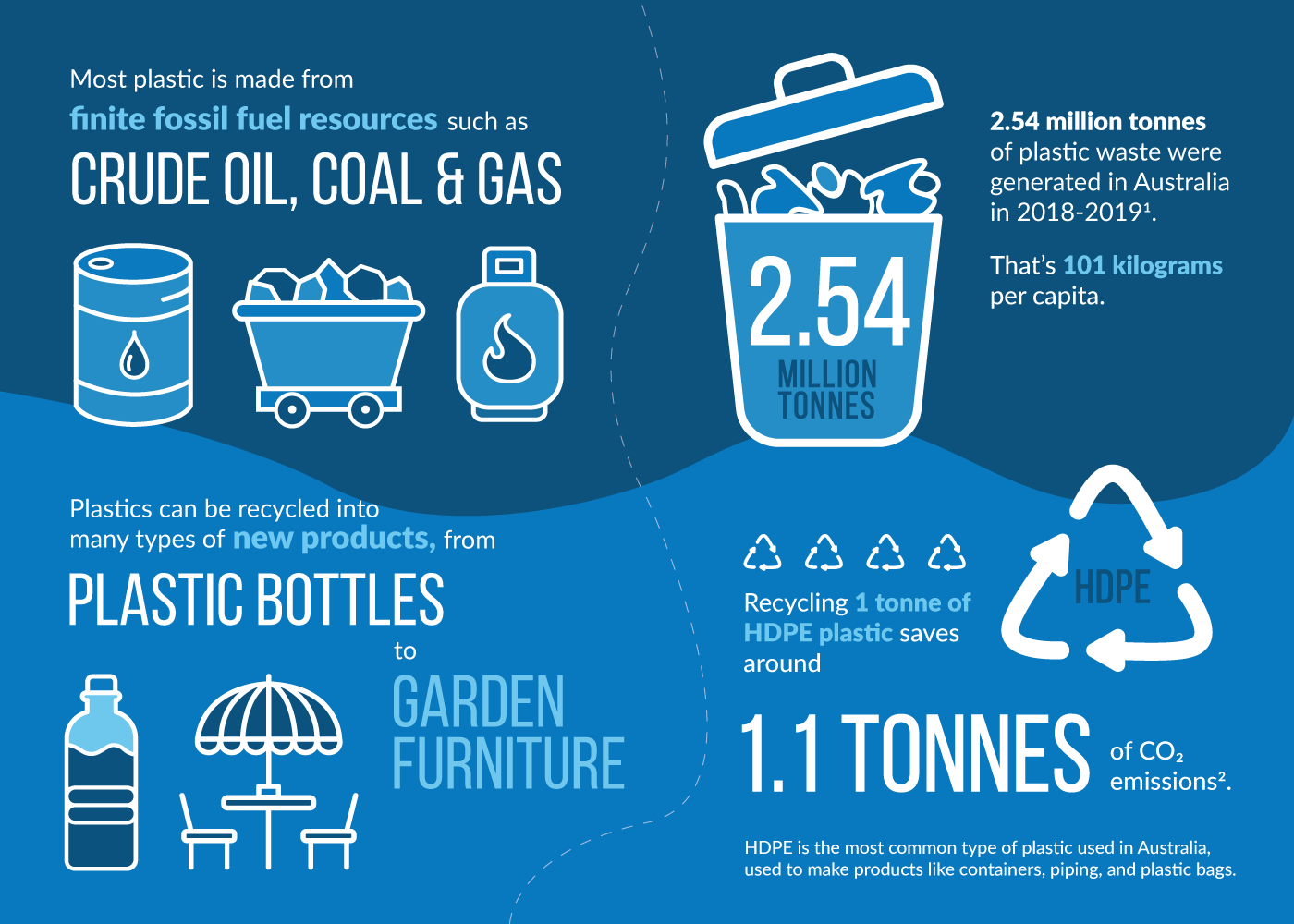
Most plastic is made from finite fossil fuel resources such as crude oil, coal, and gas.
2.54 million tonnes of plastic waste were generated in Australia in 2018-20191. That's 101 kilograms per capita.
Plastics can be recycled into many types of new products, from plastic bottles to outdoor furniture.
Recycling 1 tonne of HDPE plastic saves around 1.1 tonnes of CO2 emissions2. HDPE is the most common type of plastic used in Australia, used to make products like containers, piping, and plastic bags.
Organisations can refer to the waste hierarchy to improve their use and management of plastics.
Using the Waste Hierarchy at Work
Taking action to reduce the impact of plastic use on our environment is always a good thing. However, some actions have more environmental benefits than others.
The 'waste hierarchy' — a conceptual framework that ranks the management of our resources in order of what is least to most harmful to our environment — helps to determine what actions have most impact. Generally, the higher up the waste hierarchy, the bigger the positive impact.
Think of the waste hierarchy when choosing what type of products to buy and deciding how to dispose of materials.
Click on each segment of the graphic to find out more.
Using the waste hierarchy will help transition Australia to a circular economy.
Discover how you can help rethink our approach to products and services so that they are regenerative by design using circular economy principles. Visit Planet Ark's Australian Circular Economy Hub (ACE Hub).
Understanding Plastic Identification Codes
Most products and pieces of packaging made from plastic have a small triangle on them with a number inside. This is a plastic identification code, used to identify the type of plastic the product is made from. The triangle is often confused with the global symbol for recycling, the Mobius Loop, but it is not an indication the item can be recycled.

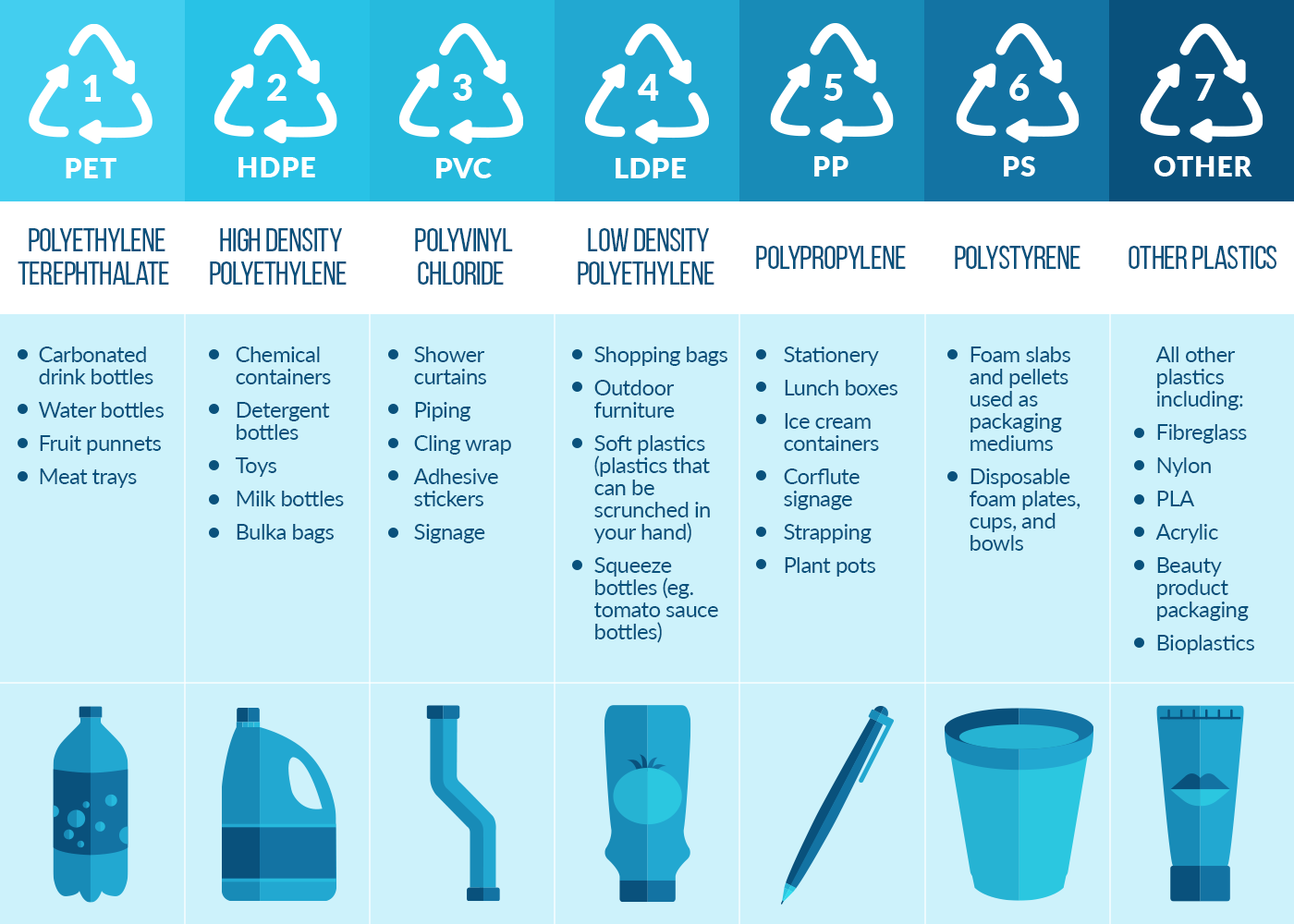
What's the purpose of these codes?
The purpose of these symbols is to communicate the type of plastic that has been used to make the item.
Should I pay attention to them?
You shouldn't use them to judge the recyclability of an item, but they can be helpful if you need to know what type of plastic has been used to make an item. For example, if your organisation needs to dispose of a large number of plastic items, the code can be used to communicate to your recycler the type of plastic you want to recycle. Some types of plastic are harder to recycle than others, so this information is very important to recyclers.
If your business manufactures packaging or packaged goods, find out how you can use the Australasian Recycling Label, the only evidence-based recycling label for households, by visiting the Australian Packaging Covenant Organisation.
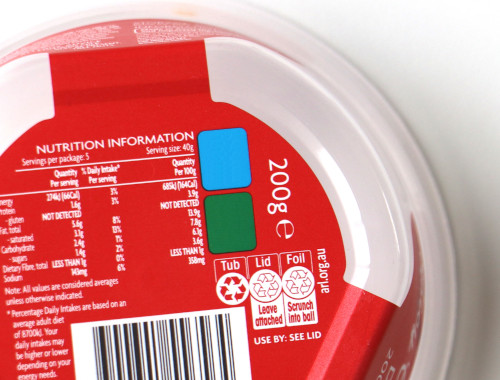
Top 10 Plastic Products & Their Solutions
We've identified ten common plastic products and materials used by workplaces and businesses.
Click on the product to find out how your organisation can follow the waste hierarchy to improve your management of these materials.
Soft Plastics
What does this include? Plastic bags, shrink wrap or plastic film, cling wrap, and plastic packaging that can be easily scrunched in your hand.
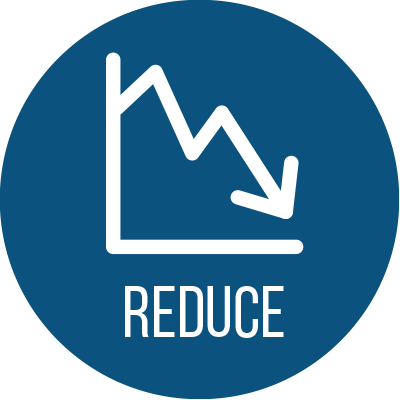
Switch to more sustainable alternatives where possible, like reusable bags instead of single-use plastic bags.

If your business or workplace uses large quantities of soft plastics, there are a growing number of commercial recyclers that will accept them. Use our free directory to search for commercial recycling services in your area. Contact the recyclers to check they recycle the type and amount of soft plastic you want to dispose of.
Want fewer unnecessary costs?
Avoid excess waste management and transport fees by purchasing or leasing equipment such as balers and compactors. By compacting the soft plastics, less space will be required for storage and transportation of the materials will be less frequent, reducing your costs. Find suitable equipment for your business in the Small Scale Recycling Equipment Catalogue.
Printer cartridges
What does this include? Printer/copier ink and toner cartridges.
Cartridges are made of plastic, metals, and ink, all of which can be recycled into new products when they are collected through Cartridges 4 Planet Ark. If your workplace has a printer, recycling your cartridges is a free and easy way to reduce plastic waste. But first consider the waste hierarchy to see if there are other options that may have a better environmental outcome.

Avoid printing unnecessarily to make your cartridges last longer and save energy. Many workplaces are now going printer-free by digitising everything they do. This reduces our reliance on the natural resources used to make not only the cartridges, but also the printer and paper.
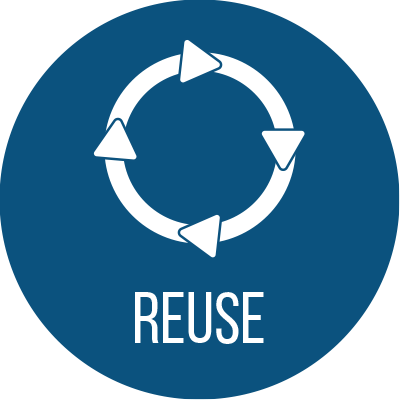
Consider buying reusable printer cartridges, which can be refilled through commercial retailers (although only a certain number of refills are possible per cartridge). But first check with your printer manufacturer as substandard refilled ink may impact the durability of the printer itself.

Your workplace may be eligible for a free recycling collection box through Cartridges 4 Planet Ark. The program has recycled around 50 million cartridges with zero waste to landfill!
If printing remains necessary in your workplace, you can further extend your positive environmental impact by purchasing paper that is made from at least 50% recycled content.
Planet Ark Paper is made from 100% recycled paper and is carbon neutral. It even comes in a box with no ream wrappers, so there's less plastic packaging!
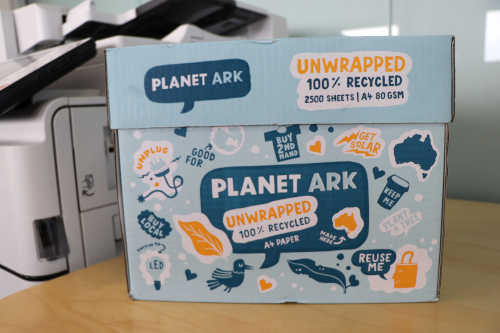
Rigid plastics
What does this include? Any type of plastic product that has been moulded into a hard shape such as tubs, buckets, water tanks, bumper bars, and plastic furniture.

Before throwing away items you no longer need, consider if they could be used again by someone else. If the item is in reasonable condition, consider selling or giving it away through an online marketplace like Gumtree or donating it to a charity organisation.

Most items made from rigid plastics cannot be recycled in comingled workplace recycling bins (although some types of packaging can be recycled). There are recyclers that accept rigid plastic products for recycling and may offer this as a pick-up or drop-off service. Search our free directory for recycling services in your area.
Plastic strapping
What does this include? Strapping made from plastic that is used to secure materials for transport (often used around cardboard boxes).

Plastic strapping cannot be recycled in comingled workplace recycling bins. Fortunately, some commercial recyclers will accept plastic strapping, so it doesn't have to be sent to landfill. Search our free directory for recycling services in your area.
When purchasing plastic strapping, ask your supplier if they provide products made from recycled plastic.
Plastic Containers
What does this include? Rigid plastic packaging such as carbonated drink and water bottles, yoghurt and ice cream containers, and detergent bottles.

Take an inventory of the different types of plastic packaging your business or workplace uses. Are there opportunities to buy some of these products in bulk and thereby reduce the amount of packaging you use?

Some organisations like to give back to their communities by collecting beverage containers like plastic bottles for recycling through Container Deposit Schemes (CDS). A 10c refund is given for each eligible bottle or container recycled, which could go towards that end of year staff party or be donated to community groups. A bonus positive outcome is the containers collected through CDS produce higher quality recycled materials because of the clean, separated waste streams. Find out more about CDS.

There are many commercial recyclers operating nationally and some councils that offer comingled recycling services for recyclable containers and packaging. This service is generally provided through a wheelie bin placed on site that will be collected by the operator on a regular basis. Search our free directory for a recycler in your area.
Polystyrene foam
What does this include? Polystyrene foam boxes, containers, slabs, and packing peanuts or pellets. For polystyrene takeaway containers, see single-use plastics.
Expanded polystyrene (EPS) is mostly used as a protective packaging medium to safeguard breakable items during transportation (which reduces waste). Despite its usefulness, this lightweight and often bulky cellular plastic material is problematic in landfill, where it can take up large amounts of space or easily blow away to enter the environment. Polystyrene was the most littered item found in eight of the nation's largest waterway catchments flowing out into the Great South Reef, according to Conservation Volunteers Australia3.

Avoid using unnecessary polystyrene packaging by switching to more sustainable alternatives. For example, if your business uses polystyrene packing peanuts to protect goods during transportation that are not easily breakable, consider using paper or cardboard instead.
There are some biodegradable and compostable alternatives available, but it's important to research these products to make sure they are right for your organisation and that they will result in a better outcome for the environment. Find out more about biodegradable and compostable products.

Expanded polystyrene can be recycled into new products when it is collected through a specialised recycling service. There are pick-up services that operate on a national scale. Search our free directory for recycling services in your area.
Businesses with large volumes of EPS may benefit from purchasing or leasing equipment such as balers and compactors. 98% of EPS is air, so by compressing the EPS to extract the air, less space will be required for storage and transportation, potentially reducing your costs. Find suitable equipment for your business in the Small Scale Recycling Equipment Catalogue.
Case Study
Plastic pallets
What does this include? Pallets or crates used to transport goods such as food or stock.

Hire pallets and crates instead of purchasing them.

Choose a supplier that operates a take-back system so your old pallets can be collected, cleaned, or repaired and then reused. Many pallet suppliers will also buy unwanted plastic pallets in good condition.

If your pallets are in an unusable state and cannot be accepted for reuse, plastic recyclers can recycle the materials into new products. Search our free directory for recycling options in your area.
While wooden pallets are made from a renewable resource, they are not always a better option. Plastic pallets are stronger and more durable, which means they will last longer and be more cost effective. Consider the weight of the stock you are transporting and the frequency of use when deciding if wooden pallets are appropriate for your organisation.
Case Study
Bulka bags
What does this include? Big bags or sacks used to carry bulk items such as seeds, flour, sugar, milk powders, fertiliser, sand, mulch and more.
Australia has a national product stewardship scheme for the recycling of bulk bags and sacks used to carry at least 15 kilograms or litres of contents. The Australian Government Accredited scheme, Big Bag Recovery, includes recyclable bags that are woven polypropylene (wPP) and low-density polyethylene (LDPE).

Bulka bags are highly durable and can sometimes be reused before they are recycled. However, it is important to carefully inspect the bag for visible damage and wear to ensure they are safe for reuse. Bags should not be reused if there is damage on the lift straps, outside contamination that cannot be removed by cleaning, dampness or growth of mould or mildew, embedded wood splinters or unreadable printing on the outside4.

Bags can be collected for recycling into plastic resin, which is used to make new products. There are also free community and council drop-off locations. For more information, visit Big Bag Recovery. You can also search our free directory for other recycling options in your area.
PVC
What does this include? Polyvinyl chloride (PVC) is commonly referred to as vinyl. It is used to make a variety of products including banners, pipes, windows, flooring, and medical products.

Try offering used PVC items to local businesses and residents for their projects. Post the items on digital marketplaces like Gumtree.

Australia has a voluntary product stewardship scheme for PVC. According to the Vinyl Council of Australia, most of the companies that make up the Australian PVC industry are signatories to the program and will take back PVC products for recycling, under a few conditions:
- Manufacturers and suppliers want clean, regular and reasonable volumes (>500kg) of consistent material i.e. they don't want irregular, small quantities.
- The PVC must be uncontaminated by dirt, metals, or other recyclables such as paper, or other plastics.
If your PVC items do not meet these requirements, it will most likely have to go to landfill. Find PVC recyclers via the Vinyl Council of Australia.

Hospitals: a recycling program for some medical products made from PVC (IV fluid bags, oxygen tubing and oxygen masks) is available and currently used by 90 hospitals across Australia and New Zealand. Participating hospitals are provided with recycling bins, posters, and training material for staff. For more info, visit PVC Recycling in Hospitals.
